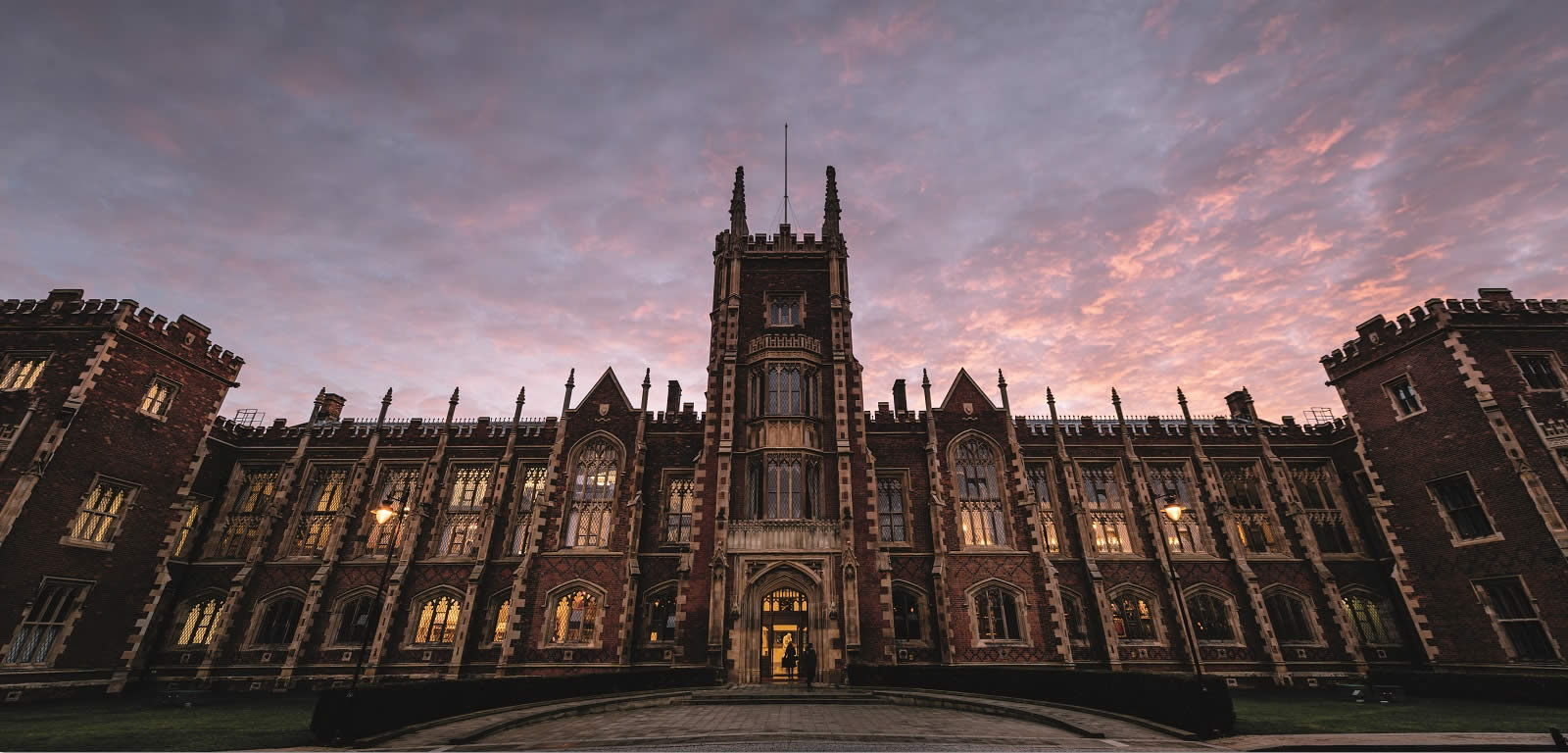Report on Mother and Baby Homes and Magdalene Laundries in Northern Ireland
A research report on historical Mother and Baby Homes and Magdalene Laundries between 1922 and 1990 has been published by the Northern Ireland Executive.

The research was carried out by a team of academic experts from Queen’s University Belfast and Ulster University. It gives an account of individual and collective experiences of the institutions and highlights the need for further examination of a number of important issues, including adoption and infant mortality rates.
The research examined eight Mother and Baby Homes, a number of former workhouses and four Magdalene Laundries. It found that around 10,500 women were admitted to Mother and Baby institutions and around 3,000 women were admitted to Magdalene Laundries here between 1922 and 1990 – the period covered by the research. The last Mother and Baby institution closed in 1990; the last Magdalene Laundry in 1984.
Lead researchers Professor Sean O’Connell from the School of History, Anthropology, Philosophy and Politics at Queen’s University and Dr Leanne McCormick from the School of Arts & Humanities at Ulster University commented:
"This important research project has been difficult and we are pleased that the report has been published. We would like to thank our small team of dedicated researchers (Dr Livi Dee and Dr John Privilege) who worked with us to write and pull such a complex report together. However, our biggest thank you is due to all those who came forward to offer such difficult personal testimony that is such a central and vital part of the report.“The report also draws attention to areas that need further research for the full story of the institutions to be told."
Some of the key findings from the report include:
- There were strong similarities with the experience of women examined in the recent report of the Commission of Investigation into Mother and Baby Homes, although there were a number of key differences.
- There was stigma attached to pregnancy outside of marriage.
- Women and girls were admitted by families, doctors, priests and state agencies.
- They were required to undertake tough chores late into pregnancy.
- They had little preparation for childbirth and some had cold and castigating birth experiences.
- Many women and girls were separated from their children by placing them in children’s homes, boarding them out (fostering) or through adoption.
- There was also the issue of the cross-border movement of women and children into and out of these institutions.
- Some questions about adoption and infant mortality rates remain unanswered and will require further examination.
- Women and girls entered Magdalene Laundries by a number of routes, including from Mother and Baby institutions.
- There is evidence of some admissions to Magdalene Laundries triggered by the circumstances of our past.
- Girls and women were given ‘class names’ and there was a greater number of children (under 18s) in the laundries than the Hart Inquiry was able to identify.
- Work in the laundries was carried out without pay and some women spent a lifetime in a laundry, died and were buried from there.
The report was commissioned by the Executive’s Inter-Departmental Working Group on Mother and Baby Homes, Magdalene Laundries and Historical Clerical Child Abuse.
The Executive have agreed that an independent investigation into Mother and Baby Homes and Magdalene Laundries should be carried out, and shaped by survivors through a co-design process, which will be facilitated by experts and completed within six months.
The research report has been published and is available at: https://www.health-ni.gov.uk/publication-research-report-mbhml
Media
Media enquiries to Queen's Communications Office at comms.office@qub.ac.uk